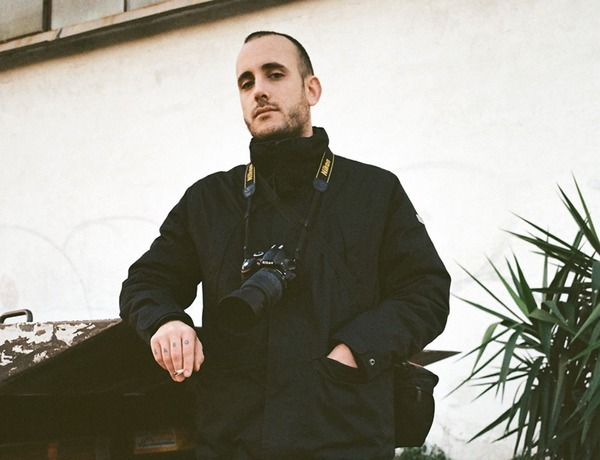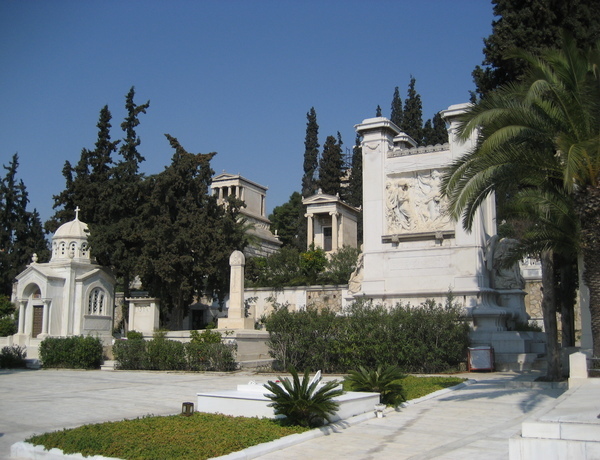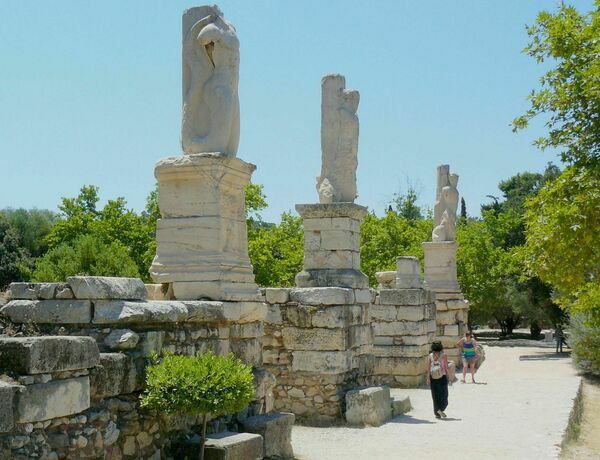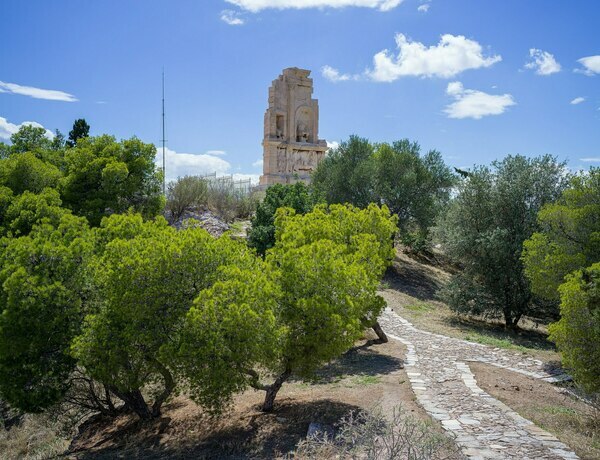
The Metropolitan Cathedral of Athens, also known as the Metropolis, is the main cathedral of the Greek Orthodox Church in Athens, Greece. It is located in the heart of the city, near Syntagma Square and the Greek Parliament.
The cathedral was originally built in the 19th century, on the site of an older church that had been destroyed during the Greek War of Independence. It was designed in a neoclassical style by the German architect Friedrich von Gärtner, and features a large central dome and two smaller domes on either side.
The interior of the cathedral is richly decorated with Byzantine-style frescoes and mosaics, as well as ornate iconography and intricate wood carvings. It has a capacity of over 5,000 people, making it one of the largest churches in Athens.
The Metropolis is an important religious and cultural institution in Greece, and is the seat of the Archbishop of Athens and All Greece. It is also a popular destination for tourists, who come to admire its impressive architecture and beautiful interior decorations.
In addition to its religious functions, the cathedral is also used for a variety of cultural events and concerts throughout the year, and is an important venue for the city’s cultural life.
Website
iaath.gr
iaath.gr





